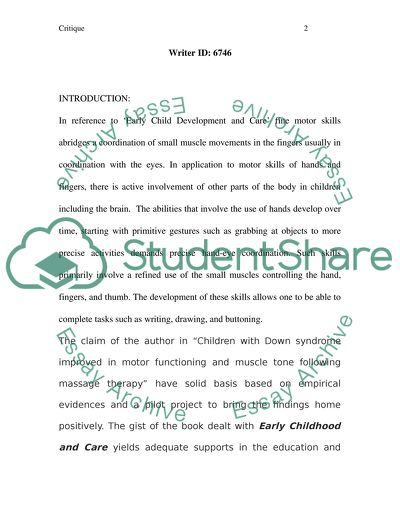Cite this document
(“Massage Therapy for Children with Down Syndrome Essay”, n.d.)
Retrieved from https://studentshare.org/health-sciences-medicine/1501337-massage-therapy-for-children-with-down-syndrome
Retrieved from https://studentshare.org/health-sciences-medicine/1501337-massage-therapy-for-children-with-down-syndrome
(Massage Therapy for Children With Down Syndrome Essay)
https://studentshare.org/health-sciences-medicine/1501337-massage-therapy-for-children-with-down-syndrome.
https://studentshare.org/health-sciences-medicine/1501337-massage-therapy-for-children-with-down-syndrome.
“Massage Therapy for Children With Down Syndrome Essay”, n.d. https://studentshare.org/health-sciences-medicine/1501337-massage-therapy-for-children-with-down-syndrome.


